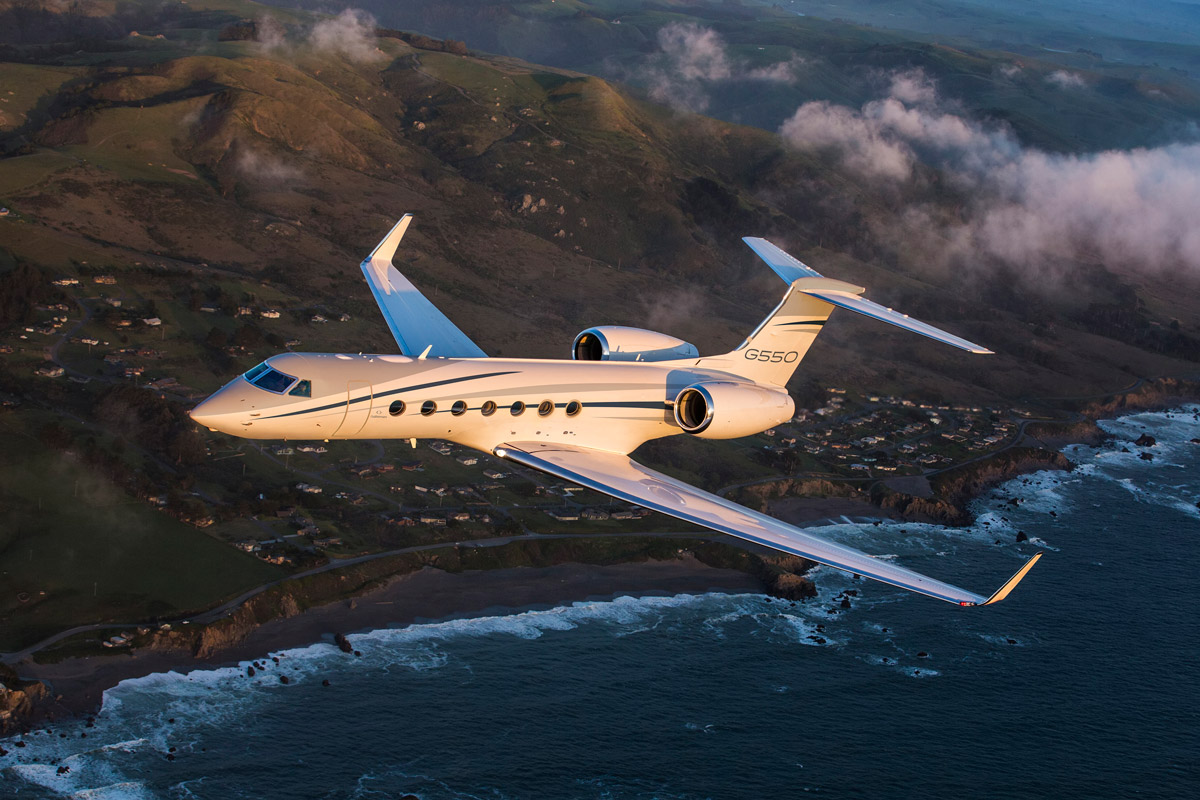Gulfstream Aerospace Corp. announced the high-performing G550 fleet recently completed its 1 millionth landing, proving the long-lasting durability of the aircraft and its continued performance excellence. To date, the G550 fleet has logged 2.6 million flight hours.

“Two decades after the aircraft entered service, the G550 continues to achieve in-service milestones and add to its impressive list of accolades as evidenced by this 1 millionth landing,” said Mark Burns, president, Gulfstream. “This is a testament to the quality of the G550 and the technology that Gulfstream introduced on this aircraft, which paved the way for our next-generation fleet. The G550 is also backed by Gulfstream’s Customer Support worldwide network, which helps ensure continued service achievements like this one.”
The G550 pioneered Gulfstream’s Enhanced Vision System, now known as Enhanced Flight Vision System (EFVS), and was recognized for this achievement and other advances with the National Aeronautic Association’s 2003 Collier Trophy. Introduced on the G550, EFVS now is available for the G280, G650, G650ER, G400, G500 and G600. The all-new G700 and G800 feature EFVS and Synthetic Vision System on Gulfstream’s new Combined Vision System to further enhance pilot situational awareness. Gulfstream was also the first original equipment manufacturer to gain Federal Aviation Administration approval for certified operators to use EFVS for touchdown and rollout.
Equipped with two Rolls-Royce BR710 engines, the G550 can fly 6,750 nautical miles/12,501 kilometers at Mach 0.80, putting the aircraft at the top of its class. The cabin offers multiple configurations, can seat up to 19 passengers and sleep up to 8.
Thanks to this class-leading performance and reliability, the G550 has been a key platform for special missions, with modifications for a variety of government applications including aeromedical evacuation, head-of-state transport, airborne early warning, atmospheric research and maritime patrol.
The G550 entered service in 2003 and more than 600 aircraft are in service today.

